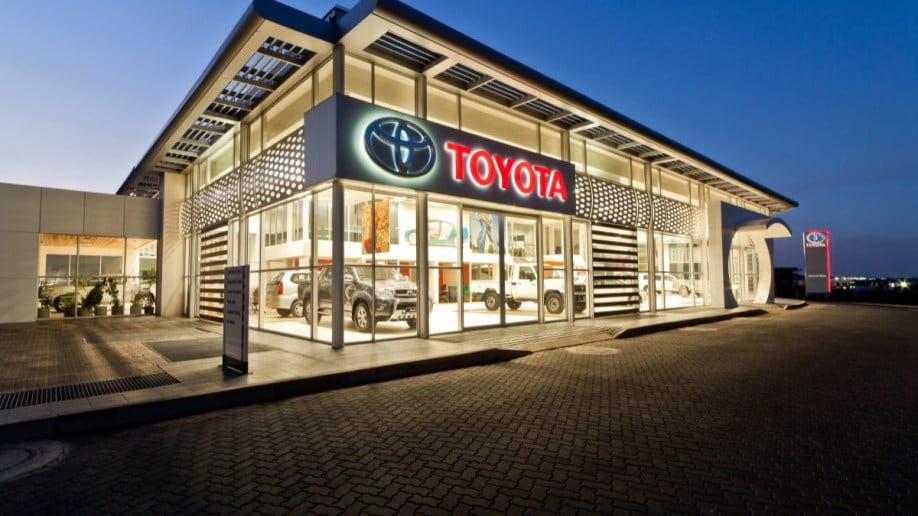America’s car dealers ended March with 1.89 million new cars in stock. That brings them close to pre-pandemic inventory levels.
As inventory builds, dealers and automakers start to offer discounts to help attract new customers. In March, the sale price of the average new car slipped below sticker price for the first time in almost two years.
Supply Measured in Days
Car dealers measure their supply of new cars to sell in a metric they call “days of inventory.” It represents how long it would take them to sell out of new car cars at today’s sales rate if they couldn’t acquire new ones.
An old industry guideline tells them to keep 60 days’ supply on hand, with another 15 days on order or in transit. That, industry veterans say, ensures that a dealership has the right mix of colors and options to meet almost any request of a customer who walks in the door.
Most dealerships slipped well below that supply level for much of the past two years. That left some shoppers unable to find what they wanted — buyer satisfaction fell over the same period — but it meant that dealers could count on selling most cars at or over their advertised price.
Today, Kelley Blue Book parent company Cox Automotive says the average dealership has returned to a 56-day supply. That’s 58% higher than a year ago.
Supply Driving Prices Down
“During March, we saw sales surpass the 1-million mark for a 30-day period for the first time since early September 2021,” said Charlie Chesbrough, Cox Automotive senior economist. “Higher sales have been boosted, in part, by improving inventory, which has been running at around 1.8 million or so for the past several weeks.”
As a result of improving supply, the average new vehicle listing price — the asking price — fell weekly through March to below $47,000 for the first time since December.
“With some brands and segments nearing too-high levels of inventories, we are seeing discounts and incentives increase,” said Chesbrough. “We are beginning to see more incentives, particularly leasing deals, crop up.”
Some Brands Still Have Limited Supply
Foreign brands still have the lowest inventories. The highest inventories were a mix of domestic brands, dominated by Stellantis’ brands, and a mix of luxury makes.
Non-luxury brands with the lowest inventory were Toyota and Kia, under 30 days’ supply, followed by Honda, Subaru, Hyundai, Volkswagen, and Chevrolet, all with below-industry average supply. Luxury brands at the low end were Lexus, with under 30 days’ supply, followed by BMW and Land Rover.
Non-luxury brands with the highest inventory were mostly Stellantis brands, with four among the top for supply. Ram was the highest with 119 days’ supply, followed by Jeep and Chrysler. Luxury brands with the highest inventory were Buick, at 117 days’ supply, followed by Jaguar and Infiniti.
Aside from low-volume, high-performance cars, vehicles that are often popular with budget-minded Americans — subcompact cars, compact cars, and midsize cars — had the lowest supply, followed by minivans, and compact and subcompact SUVs.
Some popular models are still in thin supply, making it hard to find a discounted one.
Of the 30 best-sellers for the 30 days that ended March 27, the Kia Telluride, Subaru Crosstrek, Toyota RAV4, Toyota Camry, and Subaru Forester all had under 30 days’ supply.
Truck buyers, though, faced much better odds of finding a deal.
Of the 30 best-sellers for the period, full-size pickup trucks from the Detroit Three had the biggest supply. The Ram 1500 had 102 days’ supply. Ford’s F-150 and Chevrolet’s Silverado had a days’ supply between 80 and 90 days.
Browse dealer reviews, or share about your experience at a dealership here.









